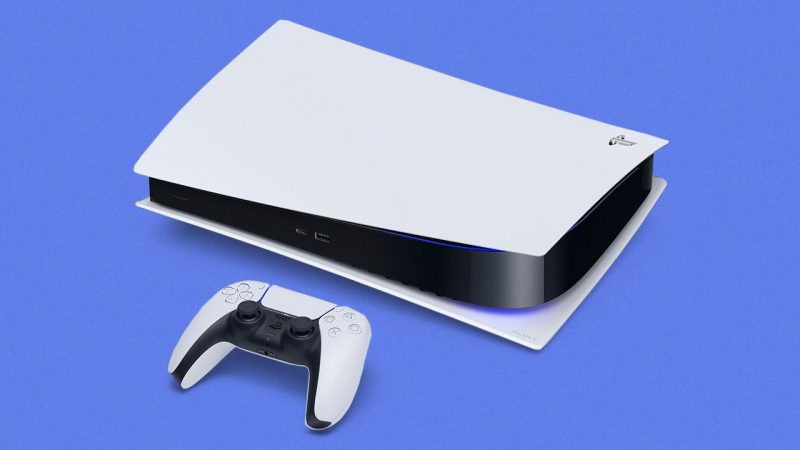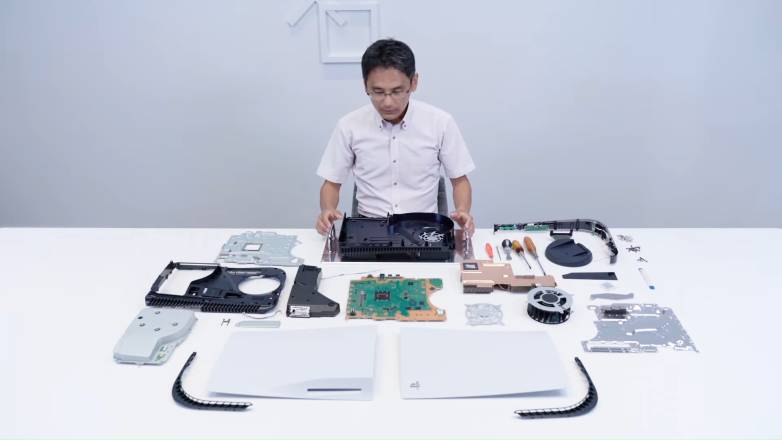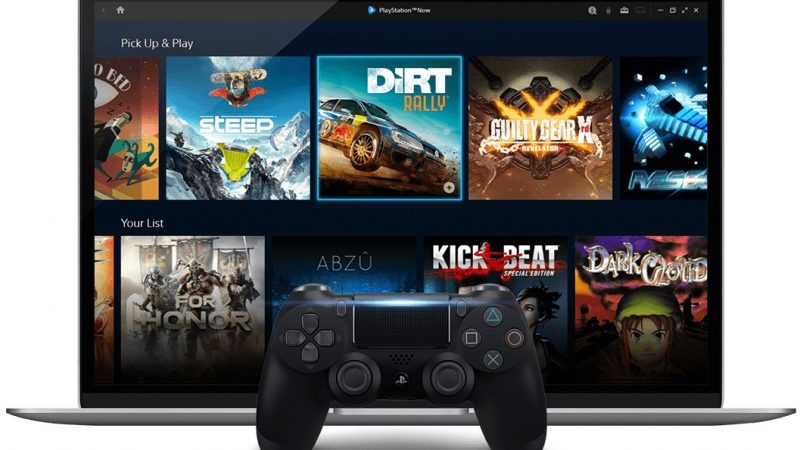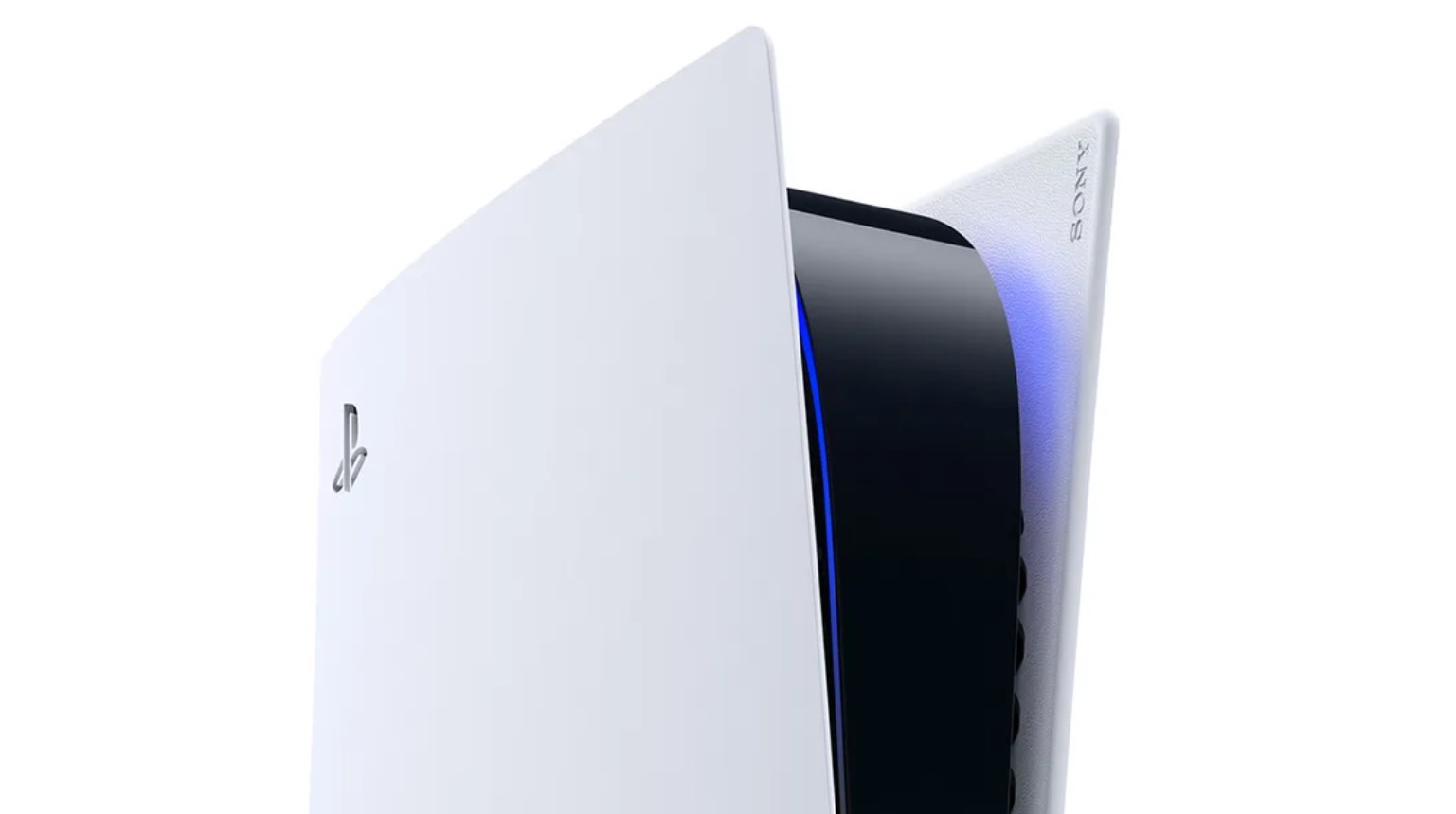The PS5 and Xbox Series X|S have been out for almost a month now. And, as we finally get to grips with the new generation, talk of what’s next has already begun to spring up. An official Sony patent has revealed that the console manufacturer has already set its sights on what seems to be a new next-gen console, the PS5 Pro.
If you’re not familiar with typical console terminology, let’s rewind the clock back a bit. The PS4 and Xbox One didn’t exactly turn out to be the powerhouses we’d imagined them to be way back in 2013. So, by 2017, both of these consoles were already struggling to keep up with performance demands for games, especially for anything above 1080P. As a result, both Sony and Microsoft launched more powerful versions of their consoles, the PS4 Pro and Xbox One X.
These newer consoles were still considered to be within the confines of the same generation but offered a huge visual upgrade with 4K visuals and better framerates. In fact, the PS4 Pro and Xbox One X are still viable consoles for anyone who doesn’t want to spend $500 on a next-gen machine.
PS5 and Xbox Series X are already struggling with Raytracing
This new PlayStation 5 Pro patent by Sony, however, has put a spanner in the works as it alludes to the fact that we could see a repeat of the last generation this time around as well. Both the PS5 and Xbox Series X are much better equipped in terms of raw power as compared to last-gen consoles thanks to AMD’s massive gains in both CPU and GPU performance. So, many analysts predicted that we wouldn’t need a mid-gen refresh for either console.

However, as we’ve seen, newer games are a lot more demanding. And, with raytracing enabled, the PS5 and Xbox Series X have not been able to provide high framerates at 4K resolution. So, despite being fresh new hardware, we have to sacrifice either visuals or performance which is a bummer for a lot of people. For instance, Spiderman: Miles Morales can either run at 30 FPS with Raytracing or 60 FPS without it.
So, in a way, it would make sense for both Microsoft and Sony to already invest in future prospects. Eventually, though, the goal should be 4K60 gaming with Raytracing enabled, which the PS5 Pro patent seems to be aiming at. Having said that, the PS5 Pro patent doesn’t just hint at a simple injection of more power. Instead, Sony’s solution is a lot more unorthodox (at least for consoles).
PS5 Pro will come with two GPUs instead of just one
According to the patent, the PS5 Pro will be a ‘scalable game console’ and will have not one, but TWO GPUs inside it for ‘home console and cloud gaming’ usage. What exactly will the 2 GPUs bring to the table? Well according to Sony, plural SoCs will result in a “high-end” version of the PS5 with much better performance and storage capabilities.
Not only that, but the console manufacture also presents the possibility of having more/faster RAM. All of these components combined will result in better next-gen performance that is targeted not only towards a traditional console experience but also towards cloud gaming.

We understand that this might be a lot to unpack so let us explain the implications of having dual GPUs in a console. Visual elements of games like Raytracing are generally reliant on GPU power. So, with the current consoles, the bottleneck for 4K60 gaming with full raytracing lies within the GPU, and not so much in the CPU.
Hence, essentially doubling the GPU power for a PS5 Pro would result in massive gains in performance. And, this performance improvement paired with AI machine learning tech (like NVIDIA’s DLSS) could end up providing the optimal high-end PC-like experience that console players haven’t been able to experience yet.
The concept of dual GPUs is not new
Having said that, the concept of having dual GPUs is not exactly new. We’ve seen PCs use multiple NVIDIA GPUs using SLI in the past. However, the technique died a few years ago as game developers shifted their focus away from optimizing for multiple GPU rigs. This was due to the fact that newer GPUs were powerful enough to run games on their own. Furthermore, the performance gain that SLI provided was just not big enough to make a significant dent.
The PS5 Pro implementation of the system though is quite different from SLI. Instead of the GPUs being linked together via some cable, they will essentially be coupled within the same APU. This would result in much faster graphical bandwidth and could actually result in a significant performance bump.
Sony could be working on a cloud-gaming machine
Another use for the additional GPU could be, as Sony mentioned, cloud gaming. Microsoft is already heading for the top spot with xCloud but Sony’s own PlayStation Now seems to be lagging behind. An earlier statement from Jim Ryan though, suggests that Sony is ready to put some more effort and investment into Sony’s cloud gaming service and make it competitive.

Sony could use the PS5 Pro’s additional GPU to power another instance of the game just for cloud streaming. So, two people might be able to play games off the same console via cloud streaming. Not only that, but we could also see Sony utilizing PS5 Pro hardware in PlayStation Now data centers providing top-of-the-line performance through the cloud.
All of this speculation could just turn out to be false, though, as nowhere in the patent has Sony actually mentioned the name PS5 Pro. And, with the rise of AI upscaling techniques, we might not even need a PS5 Pro at all in a few years’ time.
The PS5 Pro could be a next-gen PSVR headset
Another theory about the patent suggests that the new hardware is actually not a PlayStation 5 Pro console but is the next-generation of the PSVR headset. As VR headsets require a lot more processing power to render games as compared to traditional displays (due to higher resolutions and framerates), the additional graphical horsepower would make sense for the next generation of PSVR.
In addition to that, the patent also mentions infrared sensors which could point towards a mobile VR headset.
As for now, both Sony and Microsoft are already struggling to keep up with the demand for PS5 and Xbox Series X|S so we probably won’t see any signs of a mid-gen refresh for at least a few more years. So, if you’re worried about the PS5 going obsolete already, there is no need to be stressed as the lifespan of these consoles is likely going to be much longer than the previous generation.
Do you think that a mid-gen refresh PS5 Pro console is on the table or is it just another random patent? Let us know down in the comments below!



